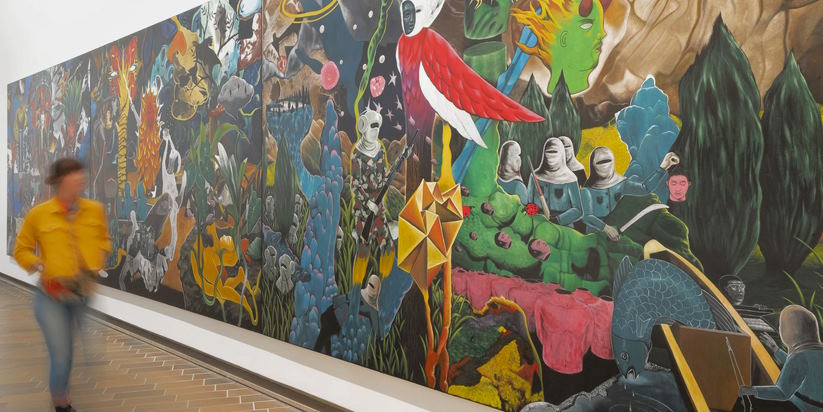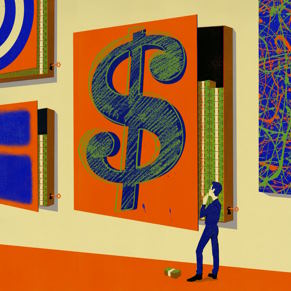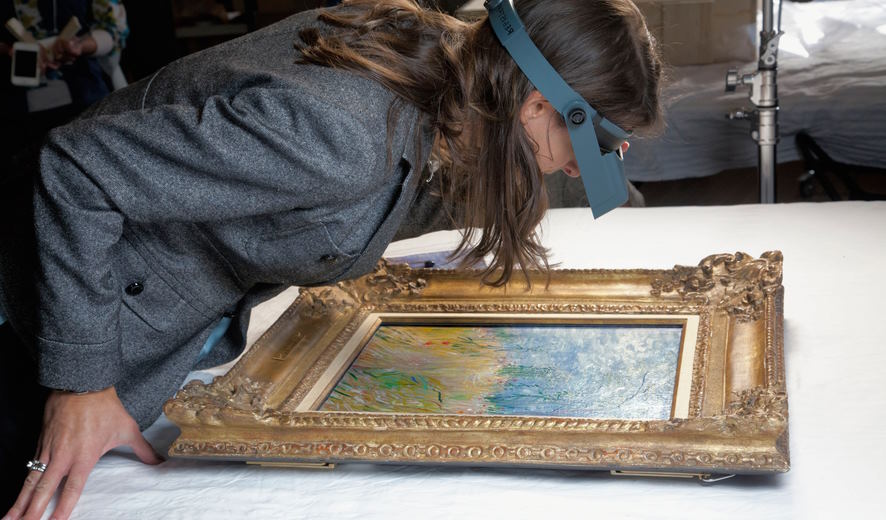The art market is a multi-billion dollar industry, and as such, authentication and provenance have become increasingly important in determining the value and authenticity of artwork. Provenance refers to the history of ownership and documentation of an artwork, and it plays a vital role in establishing the authenticity of a piece, as well as its value. In recent years, there have been several high-profile cases of disputed provenance, highlighting the importance of this issue within the art world.
How provenance affects the art market?
Provenance plays a crucial role in the art market, influencing the price, acquisition, and evaluation of artwork. The impact of provenance on the price of artwork is significant, with provenance often being the determining factor in the price of an artwork. The documented history of an artwork’s ownership, location, and exhibition history can increase the value of an artwork, making it more desirable and attractive to potential buyers. On the other hand, the lack of provenance or questionable provenance can significantly decrease the value of an artwork, causing potential buyers to lose interest in it.
Provenance also plays a crucial role in the acquisition of artwork. Collectors and investors are interested in acquiring artwork with established provenance as it provides assurance of the authenticity and quality of the artwork. Provenance provides valuable information about the history of an artwork, including its previous owners and any restoration or repairs, which can help potential buyers make informed decisions.
In addition, provenance is essential in the evaluation of artwork. The historical context and ownership of an artwork can significantly impact its significance and relevance in the art world. The documented history of an artwork’s ownership and exhibition history can provide valuable insight into its cultural and historical significance, which is essential in evaluating its value and importance.

How provenance is established?
Establishing provenance for an artwork is a complex and time-consuming process that requires a combination of documentation, research, and expert analysis. The role of documentation is crucial in the establishment of provenance. The documented history of an artwork’s ownership, location, and exhibition history can provide valuable information about its authenticity, quality, and significance. Provenance research often starts with reviewing available documentation such as invoices, receipts, exhibition catalogs, and archives to establish a clear chain of ownership.
Research plays a critical role in establishing provenance. It involves identifying all the individuals and organizations that have owned or possessed the artwork, as well as its location and exhibition history. The process can also include investigating any historical, social, or cultural context surrounding the artwork’s creation and subsequent ownership. In some cases, provenance research may require the use of specialized knowledge and resources such as art history, archives, and provenance databases.
Expert analysis is also an essential component of establishing provenance. Art experts such as historians, curators, and appraisers can provide valuable insights into the authenticity and significance of an artwork. They can also help verify the accuracy of the documented history and provide additional information on the artwork’s historical and cultural context. Additionally, scientific testing such as carbon dating or spectroscopy may be necessary to confirm the artwork’s age or materials used.
Issues surrounding provenance
 While provenance plays a crucial role in the art market, there are several issues surrounding its establishment that can have significant consequences for the value and credibility of artwork. One of the most significant issues is the problem of fake provenance, where individuals or organizations fabricate or manipulate the documented history of an artwork to increase its value. This can lead to a lack of trust in the art market and can negatively impact the reputation of the industry.
While provenance plays a crucial role in the art market, there are several issues surrounding its establishment that can have significant consequences for the value and credibility of artwork. One of the most significant issues is the problem of fake provenance, where individuals or organizations fabricate or manipulate the documented history of an artwork to increase its value. This can lead to a lack of trust in the art market and can negatively impact the reputation of the industry.
Provenance disputes can also have a significant impact on the art market. Disagreements over the ownership or history of an artwork can lead to legal battles and can cause potential buyers to lose interest in the artwork. Disputes over provenance can also cause the value of an artwork to decrease, leading to financial losses for the parties involved.
Transparency is essential in the establishment of provenance, and any lack of transparency can raise concerns about the authenticity and credibility of an artwork. The importance of transparency has led to the development of standards and best practices in the art industry, such as the Art Loss Register and the Code of Ethics for the International Council of Museums. These initiatives aim to promote transparency and ethical practices in the establishment of provenance, which is essential for maintaining the credibility and value of artwork.

